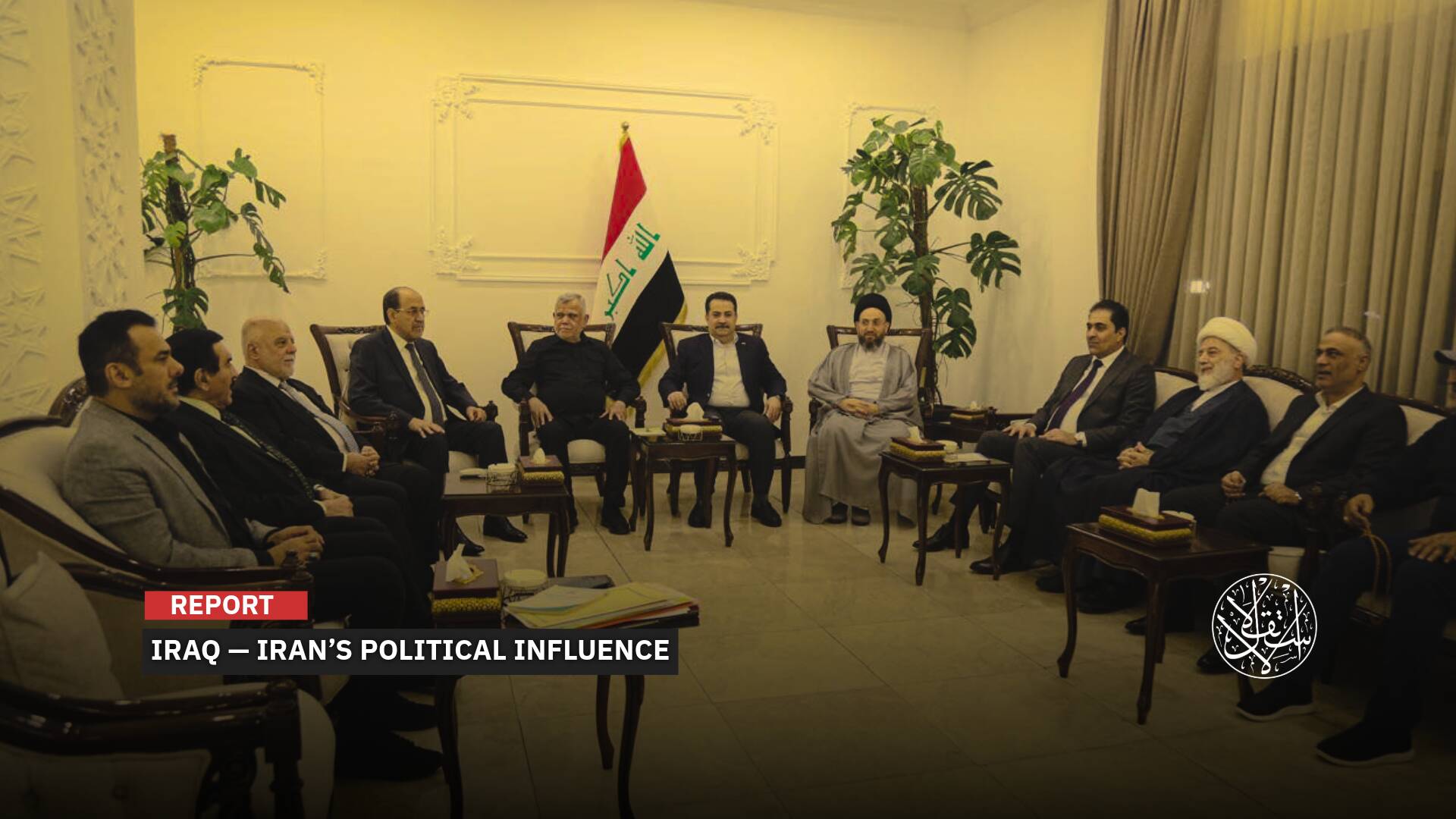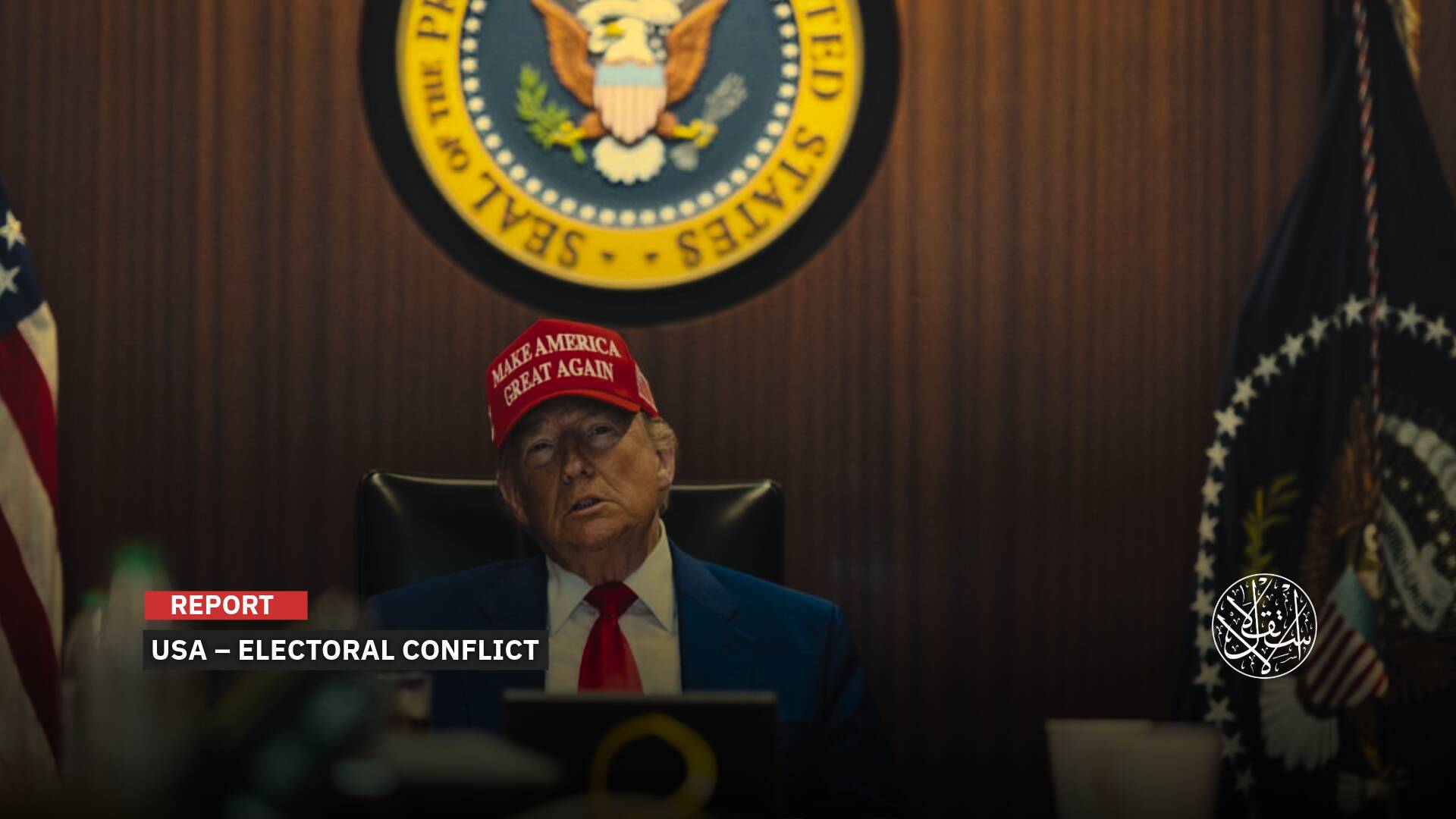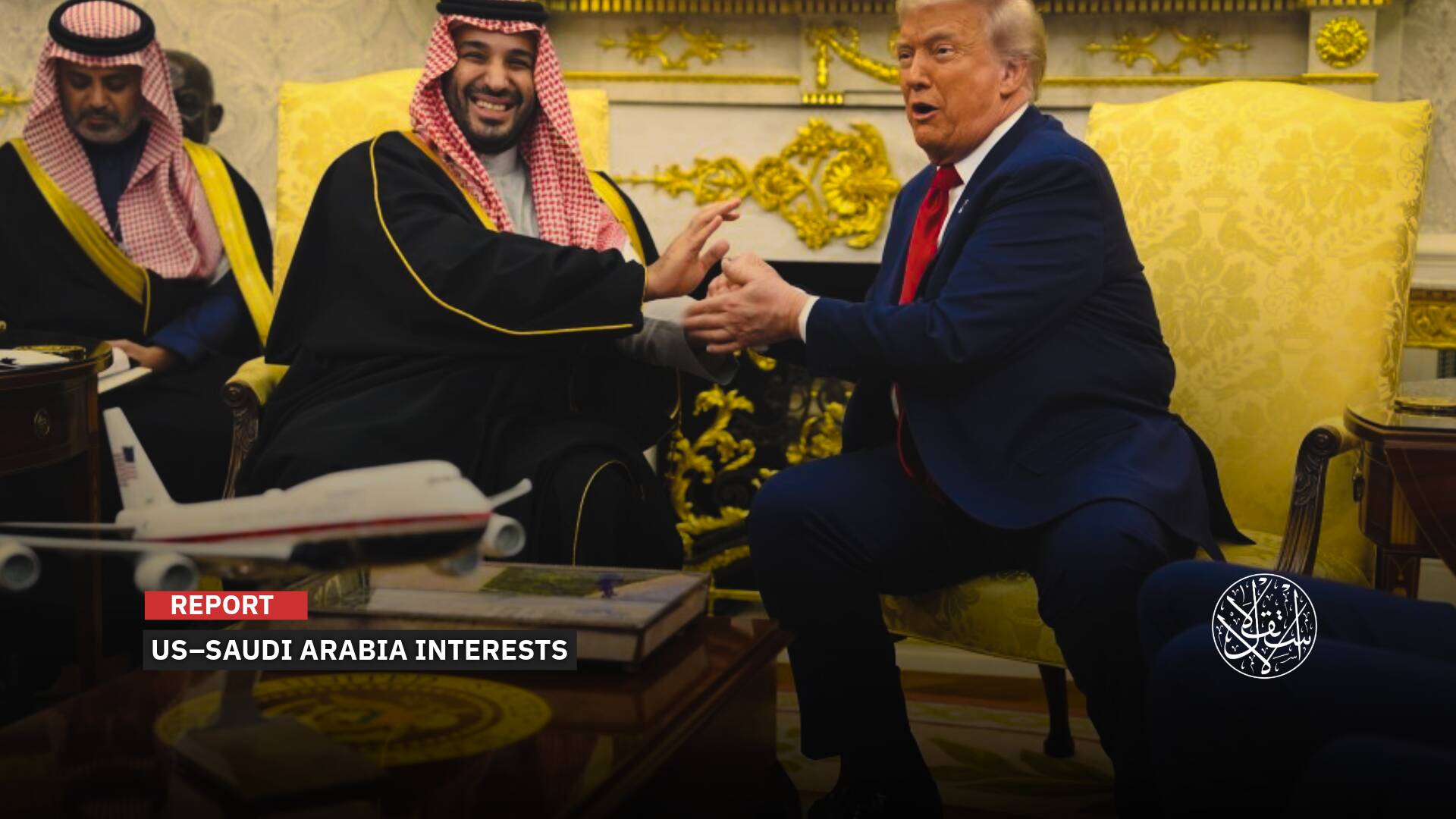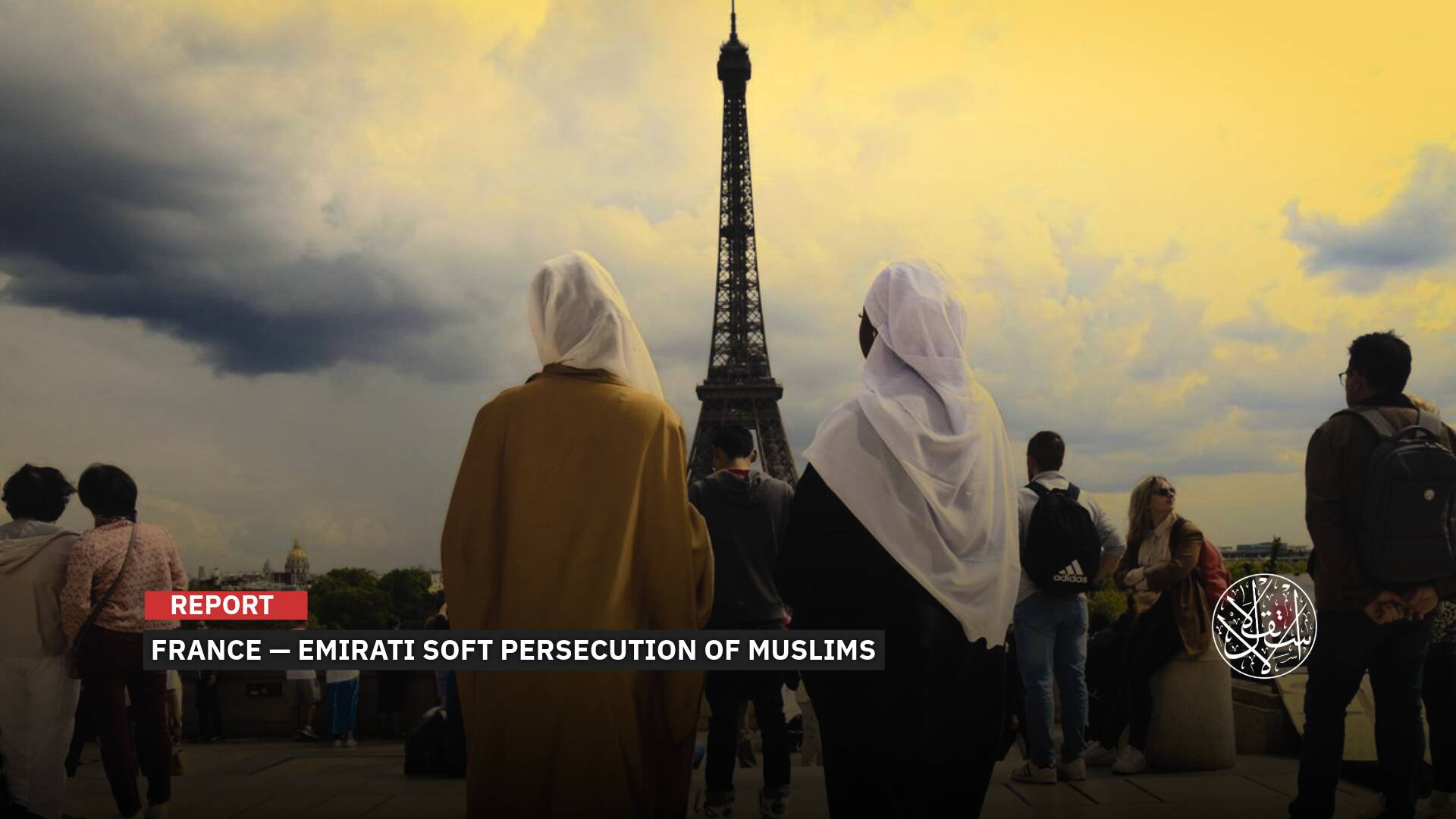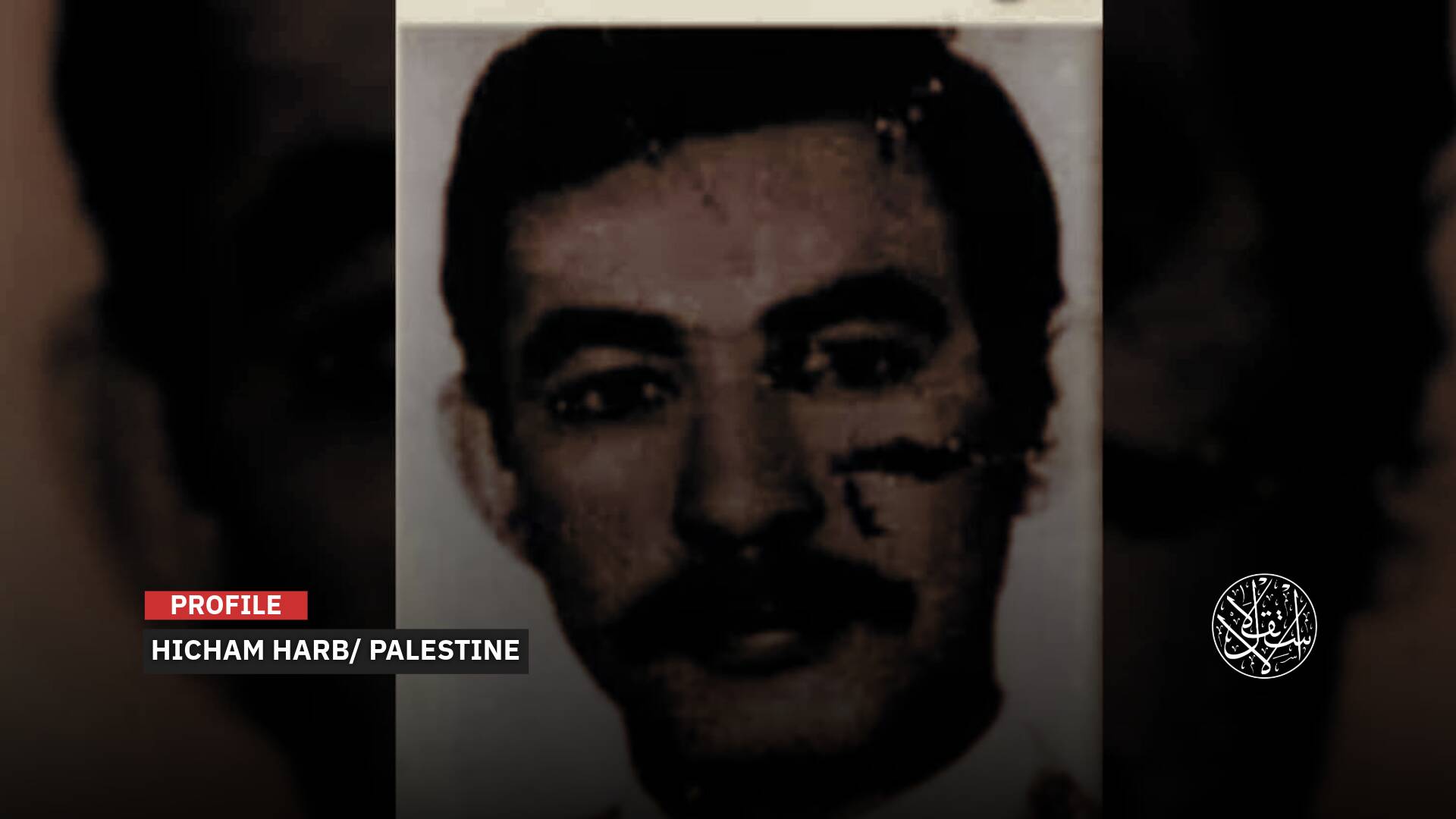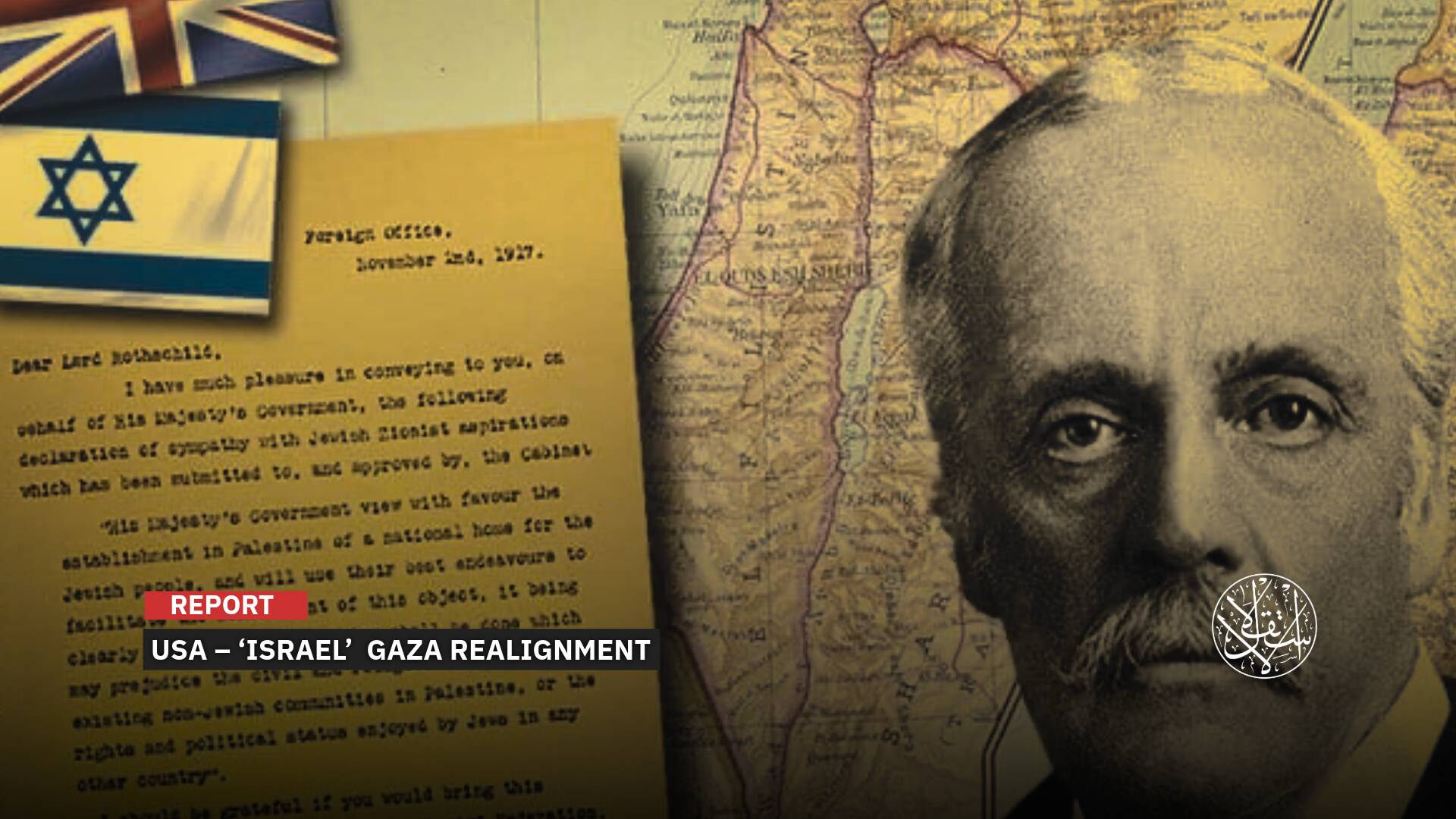Syria's Assad Turns a Blind Eye to Gaza: How UAE and Russia Are Involved
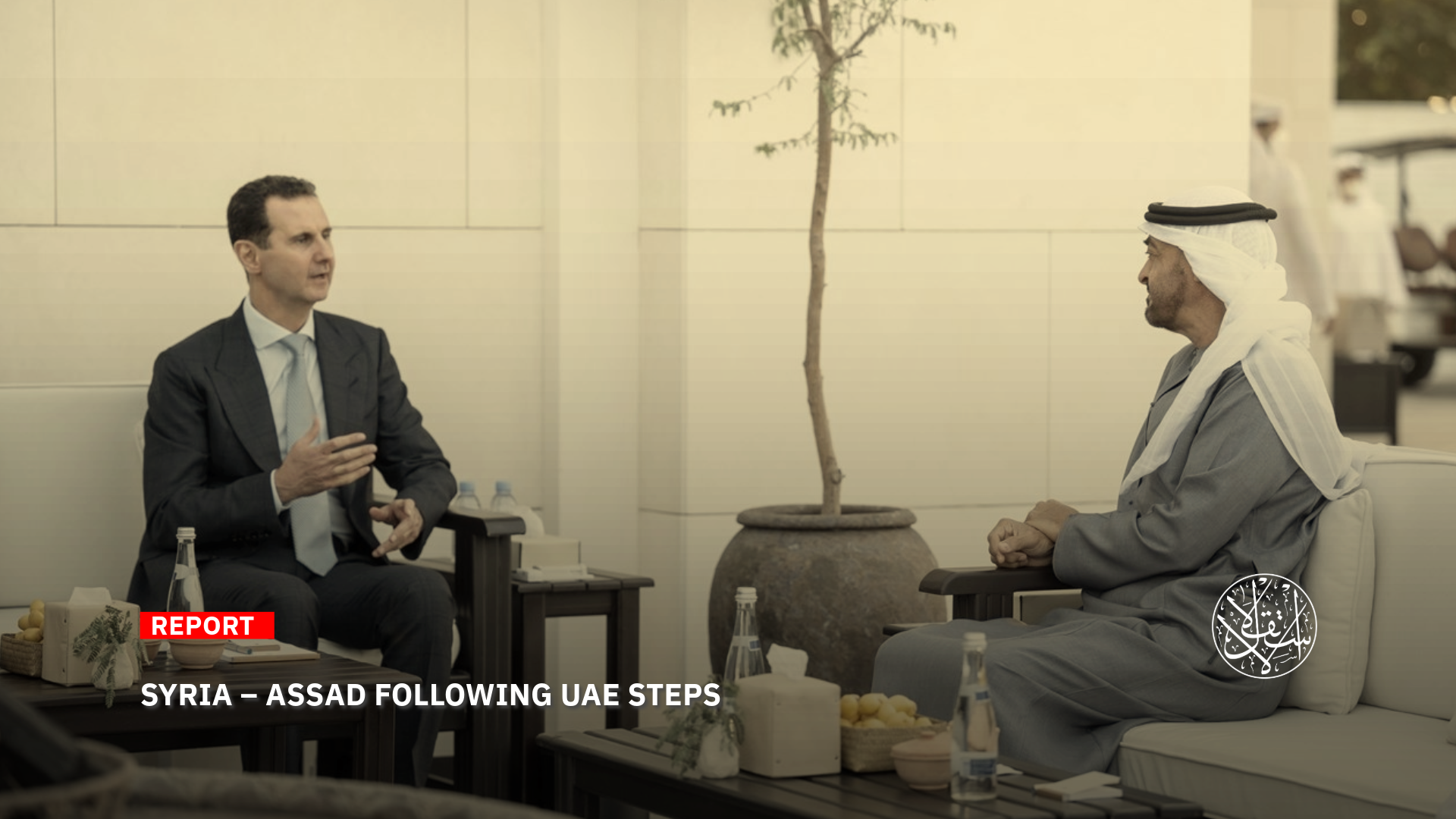
He was expected to do more given the fact that Israel occupies the Syrian Golan Heights.
For an entire year, the Syrian regime led by Bashar al-Assad has remained conspicuously absent from the political, military, and rhetorical arenas, particularly during a period marked by unprecedented challenges and attacks against him and his allies.
Meanwhile, the resistance axis, spearheaded by Iran, actively participated in Operation al-Aqsa Flood, extending its influence from Lebanon to Yemen and even Iraq, all amidst the ongoing Israeli strikes targeting the al-Assad regime throughout the year.
Beyond the Resistance Axis
The Houthi group in Yemen has played a significant role in this context, deploying dozens of drones that traversed over two thousand kilometers to strike the occupied Palestinian borders, resulting in both human and material losses.
Additionally, the group has effectively closed the Red Sea and Arabian Sea to ships associated with or heading to “Israel,” utilizing targeted attacks as a pressure tactic to halt aggression against Gaza.
Furthermore, the Houthis have organized massive weekly protests every Friday for the past year, demonstrating their commitment to the cause.
In a notable escalation, Iraqi factions successfully executed a drone attack in early October 2024, killing two soldiers from the Israeli Golani Brigade.
The Israeli Occupation army confirmed that the fatalities occurred at a base north of the Golan Heights, where the explosion of a drone launched from Iraq also injured 23 other soldiers.

This achievement follows numerous attempts by armed Iraqi factions to launch drones, many of which were intercepted.
These factions, loyal to Iran, include groups such as Kata'ib Hezbollah (the Hezbollah Brigades), Kata'ib Sayyid al-Shuhada (The Master of Martyrs Battalions), and Harakat al-Nujaba (The Nujaba Movement), collectively known as the Islamic Resistance in Iraq.
In stark contrast, the Syrian regime’s response to Operation al-Aqsa Flood was notably ambiguous, aligning more closely with the Arab normalization axis, which has opted for silence and pro forma condemnation rather than robust support. The absence of symbolic protests within Syria further underscores this passive stance.
From the outset, it appeared that Bashar al-Assad aimed to penalize Hamas for its alignment with the Syrian revolution, as evidenced by his reluctance to take a strong position supporting Hamas's operations against the Israeli Occupation settlements.
This weak posture persisted even after Hezbollah, his ally that played a crucial role in preserving his regime, actively engaged in Operation Al-Aqsa Flood.
Notably, al-Assad delayed a full day before issuing a condolence statement for the death of Hezbollah's Secretary-General, Hassan Nasrallah, on September 28, 2024.
Interestingly, following Nasrallah's assassination, Syrian state television offered minimal coverage of events in Lebanon. Reports indicated that al-Assad's forces pressured vehicle owners to remove images of Nasrallah from their car windows, as noted by France 24.
In the aftermath of Operation al-Aqsa Flood, the Office of the Syrian regime posted a photo on Facebook featuring a map of Palestine with al-Aqsa Mosque in the background. Some close to al-Assad interpreted this as an implicit endorsement of the events in Gaza.
Subsequently, the Ministry of Foreign Affairs and Expatriates of the Syrian Arab Republic issued a statement asserting that "it views the Palestinian retaliation as a manifestation of the Palestinian people's rightful claim to establish their independent state on their own territory.”
However, expectations were higher for a state that has had its Golan Heights occupied by “Israel” since 1967—an annexation not recognized by the United Nations—especially considering that “Israel” has conducted hundreds of airstrikes against Syria over the past decade, primarily targeting Iranian-backed forces, Hezbollah fighters, and positions of al-Assad's regime.
Absence Amidst Resistance
In addition to his lack of participation in the battles supporting Palestinian resistance and exerting pressure against Israeli aggression in Gaza, Bashar al-Assad has also been notably absent in responding to attacks on Syrian territory.
For over 13 years, since the outbreak of the Syrian revolution and the subsequent expansion of Iranian influence in the country, the Syrian regime has endured Israeli strikes without retaliation—a phenomenon that has become customary.
Significantly, the Golan Heights has not experienced major security incidents from the Syrian regime in recent decades, rendering it a quiet frontier compared to other areas surrounding “Israel.”
According to the Syrian Observatory for Human Rights (SOHR), based in the UK and undisclosed in its funding sources, only 26 rocket attacks from Syria targeted the Golan Heights since the onset of the Gaza War (as of late April 2024).
Most of these rockets landed in open areas, suggesting that Assad is intent on distancing Syria from the Gaza conflict.
This restraint occurs even as Syria has faced multiple Israeli attacks during Operation Al-Aqsa Flood, with the most significant being the targeting of a scientific research center in Masyaf, Hama province.
This airstrike was among the most severe on that facility in recent memory, resulting in the deaths of 18 individuals and injuring approximately 40.

Israeli airstrikes on Syrian territory have notably intensified since the initiation of Operation Al-Aqsa Flood, peaking with the recent assault on Masyaf.
Among these strikes was an attack on the Iranian consulate in Damascus in early April 2024, which resulted in the deaths of 16 individuals, including eight Iranians, five Syrians, one Lebanese affiliated with Hezbollah, and two civilians.
As “Israel” commenced its ground incursion attempts in southern Lebanon in early October 2024, it intensified its efforts to disrupt Hezbollah’s weapon supply routes along the Syrian border.
The Israeli military focused its airstrikes on both sides of the Lebanese-Syrian border, affecting official crossings as well.
In a fierce strike on September 27, 2024, five members of the Syrian regime forces were killed in an attack on a military site near the Kfeir Yabous area in rural Damascus, close to the border.
On October 4, Israeli aircraft targeted what the Israeli army described as an underground tunnel extending from the Lebanese border into Syria over a distance of 3.5 kilometers, facilitating the transport and underground storage of large quantities of weapons.
What's Behind the Curtains?
The reasons behind Assad's non-involvement in the conflict can be traced to a swift phone call made by UAE President Mohammed bin Zayed to al-Assad, just one day after Operation Al-Aqsa Flood.
The Syrian Arab News Agency (SANA) reported that developments in the occupied Palestinian territories and the situation in the region were discussed.
However, the following day, Axios reported that "the UAE warned al-Assad against interfering in the war between Hamas and Israel, or allowing attacks on Israel from Syrian territory.”

Axios reported that several countries, including the United States, expressed deep concerns that the conflict could spill over into Lebanon or Syria, escalating into a broader regional confrontation.
The UAE, which normalized relations with Damascus in 2022 and invited al-Assad to visit Abu Dhabi, wields significant influence over the Syrian government—more so than most other Arab nations in the region.
Additionally, the UAE maintains a close relationship with “Israel”, solidified by the peace treaty signed in 2020 as part of the “Abraham Accords”, brokered by former U.S. President Donald Trump.
UAE officials reportedly warned senior Syrian officials and informed the Biden administration of their discussions.
A Western diplomat, speaking on condition of anonymity, conveyed to The Times of Israel that “the Israelis clearly warned Assad that if Syria was used against them they would destroy his regime.”
On April 29, 2024, the same newspaper quoted Andrew Tabler from the Washington Institute, noting that "Russia and the United Arab Emirates have urged (al-Assad) to stay away from the conflict.”
In line with this, the Ministry of Defence of the Russian Federation announced the establishment of an additional site in the Syrian portion of the Golan "to monitor the ceasefire and enhance stability." the
After a year of silence, the Middle East Monitor (MEM) raised an important question: In light of the current volatile situation in the Middle East, why has Bashar al-Assad, a significant player in the region for over a decade and a half, remained so silent?
“[Bashar al-]Assad has long spoken of himself as part of the ‘Axis of Resistance’ and used this argument for years during the Syrian uprising when facing protests that he claimed were ‘Western-funded’,” MEM said on October 7, 2024.
These assertions have often been met with skepticism, given that al-Assad’s regime has historically done little to support the Palestinian cause and has even perpetrated violence against Palestinian refugees in Syria in recent years.
While “Israel” has never been an official ally of al-Assad, it has consistently preferred his continued presidency over the prospect of a democratically elected leader who might vocally oppose the Israeli Occupation’s repeated violations of international law.
The site also highlighted recent statements from Iranian President Masoud Pezeshkian, who appears to be seeking to de-escalate tensions with “Israel” and lift U.S. sanctions on Iran.
Throughout 2023, al-Assad has adopted a cooler stance towards Iran as he pursues normalization with Arab countries, particularly in the Gulf. The site posits that rising tensions between Iranian and Israeli forces would further complicate al-Assad's position.
While the region is engulfed in turmoil, al-Assad has chosen to focus on internal government matters and cabinet reshuffles rather than escalate tensions. His government faces ongoing challenges in Daraa and Sweida in the south, while northwest Syria remains under the control of opposition forces, and Kurdish factions hold the northeast.
MEM sees little evidence of an improvement in Syria's economic situation, while al-Assad's other key supporter, Russia, is preoccupied with its involvement in Ukraine.
The only flicker of hope for al-Assad may lie in the prospect of normalization with Turkey, where President Recep Tayyip Erdogan, facing domestic pressure, is advocating for the repatriation of Syrian refugees and seeking collaboration with al-Assad to combat Kurdish forces.
al-Assad’s government is also attempting to navigate a delicate balance between Russia and Iran, both of which have supported him during 13 years of war against the revolution and aided him in regaining lost territories.
Moscow remains committed to preserving al-Assad's rule, recognizing the strategic advantage of his regime in solidifying its foothold in the region.
Sources
- Two Israeli soldiers killed and 23 injured by a drone from Iraq. [Arabic]
- Why is Israel focusing on targeting border crossings between Lebanon and Syria? [Arabic]
- In light of events in Gaza and Lebanon, has Assad finally exposed his irrelevance?
- Israel threatened to topple Assad regime if Syria gets involved in Gaza war — report


